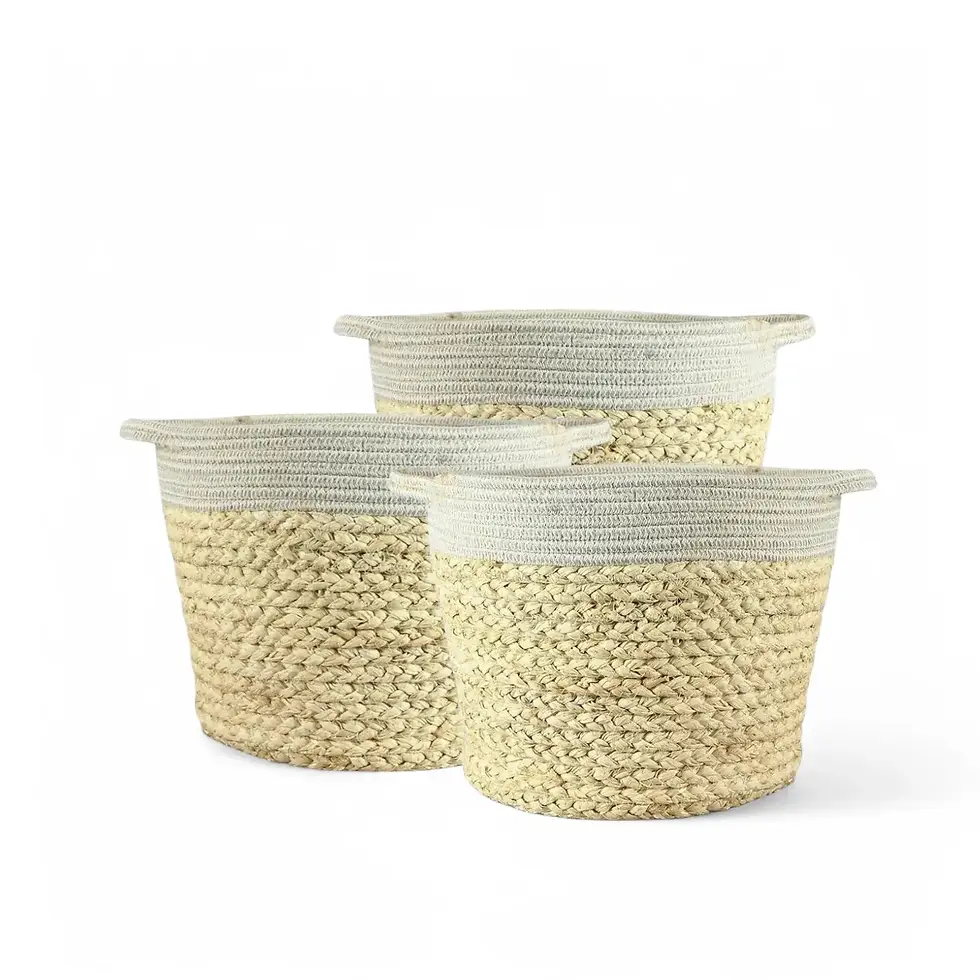Citrus × limon - Care and Information for Your Lemon Tree
Bring the Mediterranean sunshine into your home with Citrus × limon. This stunning lemon tree features glossy green foliage, fragrant white blossoms, and vibrant yellow fruits, perfect for homegrown citrus lovers.
Key Features and Benefits
- Elegant Foliage: Deep green, waxy leaves add lushness to any space.
- Fragrant Flowers: Aromatic white blooms with purple-tinged edges.
- Edible Fruits: Produces juicy, tangy lemons for culinary use.
- Compact Size: Grows 1.5-2m indoors, ideal for container gardening.
- Year-Round Beauty: Evergreen, self-pollinating, and continuously blooming.
Growing and Care Guide
- Light: Requires 6-8 hours of direct sunlight daily. Supplement with grow lights if needed.
- Water: Keep soil consistently moist but not soggy. Allow the top layer to dry slightly between waterings.
- Humidity: Prefers 50-60% humidity. Use a humidifier if air is dry.
- Temperature: Maintain 15-25°C, avoiding drafts or frost.
- Soil: Well-draining, slightly acidic soil. Use a citrus-specific mix.
- Repotting: Every 2-3 years into a slightly larger pot with drainage holes.
- Fertilizing: Feed monthly with a balanced citrus fertilizer.
- Propagation: Best propagated via semi-hardwood cuttings or air layering.
- Hydroponics: Adaptable to hydroponic or semi-hydroponic setups.
- Pruning: Trim after fruiting to encourage new growth and airflow.
- Placement: Keep in a well-ventilated area with stable temperatures.
- Pollination: Self-pollinating but hand-pollination improves fruit yield.
Common Issues and Solutions
- Yellow Leaves: Overwatering, poor drainage, or nutrient deficiency.
- Drooping Leaves: Often due to underwatering or insufficient light.
- Pests: Check for spider mites, aphids, and scale insects. Treat with neem oil.
- Root Rot: Ensure well-draining soil and avoid waterlogging.
- Leaf Drop: Caused by sudden temperature shifts or dry air.
- Fungal Issues: Improve air circulation and treat with fungicide if needed.
- No Flowers/Fruit: Ensure adequate light, proper pruning, and fertilization.
- Stunted Growth: Loosen compacted soil and provide regular feeding.
Interesting Facts and History
Citrus × limon originates from Southeast Asia and thrives in Mediterranean climates. The genus Citrus comes from Latin, while limon is derived from the Arabic "laymūn."
FAQs
- Can I grow a lemon tree indoors year-round? Yes! With enough light and proper care, it thrives indoors.
- How long until it produces fruit? A grafted tree yields lemons in 2-3 years.
- What type of pot is best? A breathable terracotta pot with good drainage.
- Is pollination required? No, but hand-pollination boosts fruiting.
- Are the lemons edible? Absolutely! Perfect for cooking and drinks.
Order Your Citrus × limon Today! Add a touch of Mediterranean charm to your home and enjoy fresh lemons year-round. Shop now!
Citrus × limon 'Lemon'
Citrus 'Lemon' (Citrus × limon (L.) Osbeck) comes in following sizes:
M – is approximately 60 cm tall and comes in a ⌀ 19 cm pot.
XL – is approximately 90 cm tall and comes in a ⌀ 21 cm pot.
L – is approximately 110 cm tall and comes in a ⌀ 28 cm pot.
























































